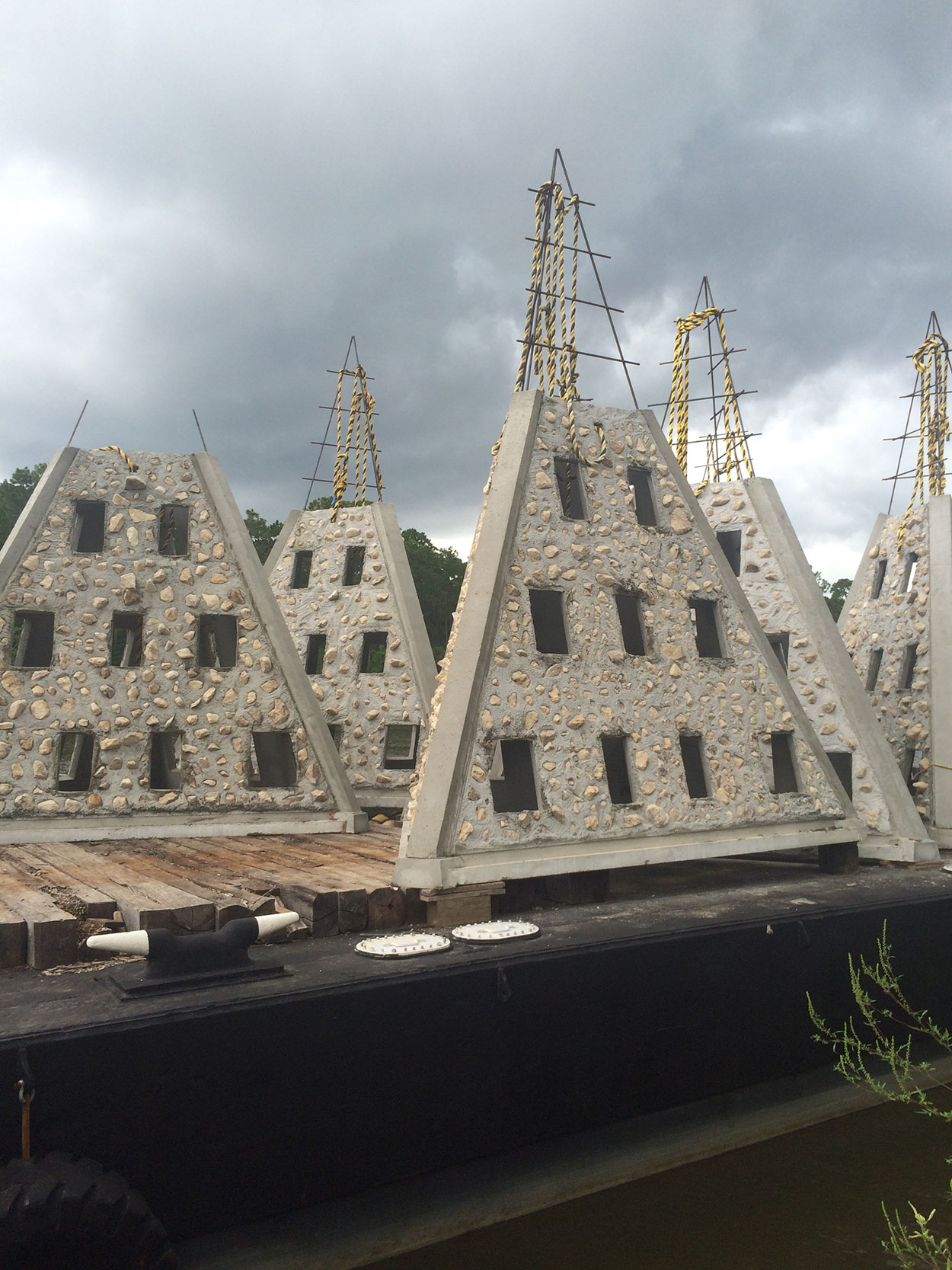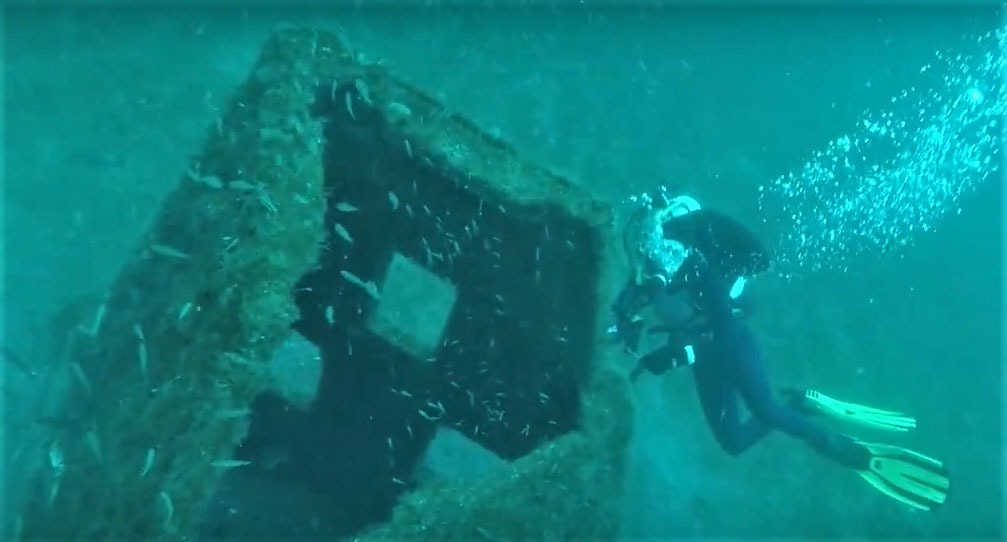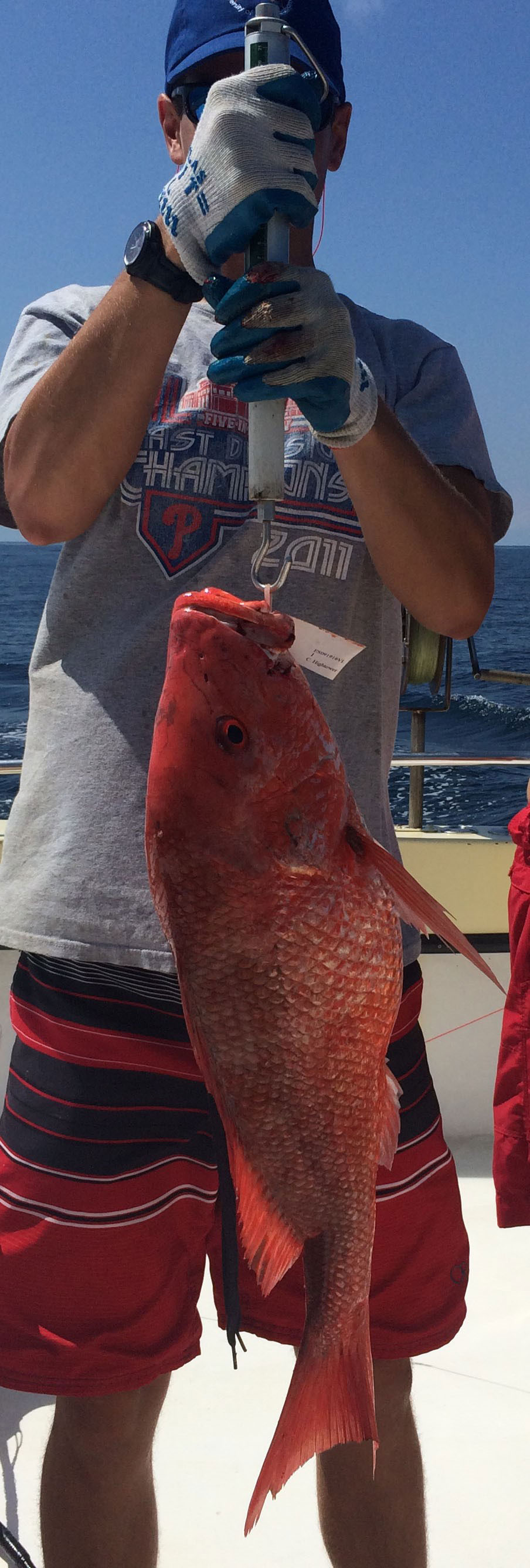Artificial Reef Monitoring and Assessment
Project Leader:Mark A. Albins, Ph.D., Research Associate
Project Details
Background:
Artificial reefs are often used to increase fishing opportunities, particularly in areas like the Northern Gulf of Mexico, where natural reef habitat is limited. Yet, the ecological and fisheries benefits of such reefs remain a topic of debate. Reefs could serve to attract animals away from nearby habitats, aggregating them in known locations and thereby making them easier to catch. Reefs could also increase habitat availability and/or food resources resulting in increased production. The Alabama Department of Conservation and Natural Resources Marine Resource Division has recently deployed a large number of new artificial reefs in the inshore and offshore waters of Alabama. These reefs have been added to an extensive existing network of artificial reefs to enhance nearshore fishing opportunities and increase the amount of high-quality habitat available for important fisheries species such as Red Snapper.

Objectives:
We use fisheries-independent survey tools to assess the degree to which these new artificial reefs increase fishing opportunities and potentially result in increased fishery production. We quantify and monitor fish and invertebrate population structure and community composition through time, in different locations, and on different reef types. Working in conjunction with researchers in the Cebrian lab (DISL) whose primary focus is monitoring primary productivity on the new reefs, we hope to elucidate the links between primary production and fish production in order to shed light on the attraction-production debate and to determine whether the new artificial reefs are having the desired fishery enhancement effects.

Approach:
We are using a variety of standardized fishery-independent techniques to sample a subset of the newly deployed reefs. Survey tools include ROV video, vertical longline, sabiki rigs, traps, gill nets, and direct diver observations. In concert, these tools will allow us to quantify the relative abundance and biomass of a variety of species on the various reef types across depth strata and through time.

Results to Date:
Baseline fish and invertebrate sampling was initiated in Spring 2016 and a surveys (post-deployment) were completed seasonally through in Fall 2018. Initial results indicate that while abundance, biomass, and diversity of fishes and invertebrates remained low through the Fall sample period, all of these metrics increased markedly between the baseline surveys and the first round of post-deployment surveys. We have seen numbers, biomass, and diversity of fishes and invertebrates to continue to increase over the past two years. Initial primary productivity sampling (Cebrian lab) was conducted in late 2016 and will also continue through the end of 2018.
